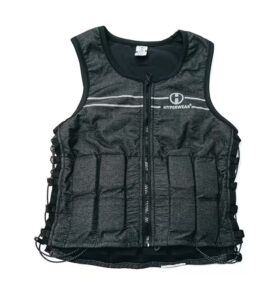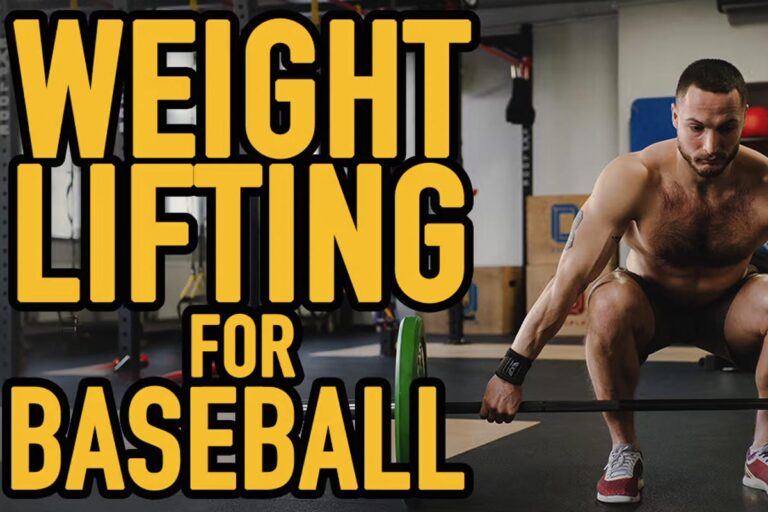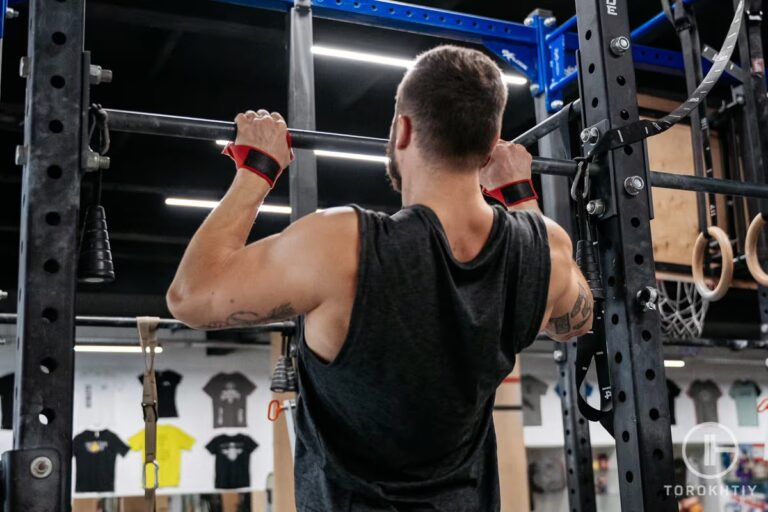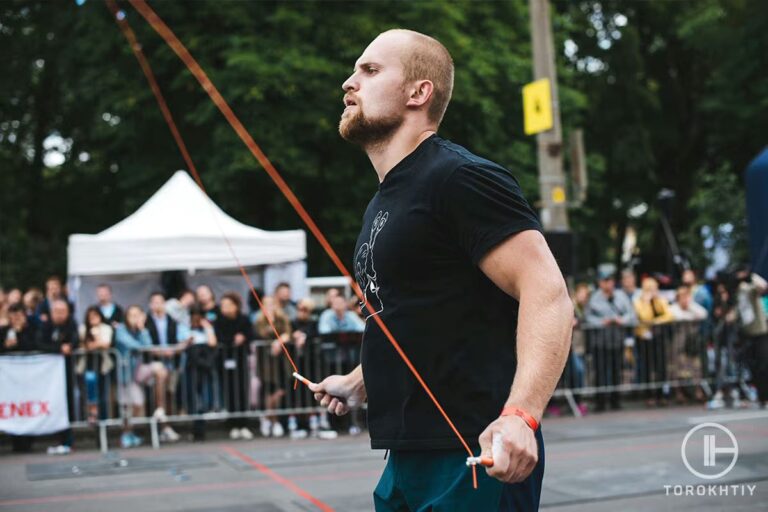Benefits of Walking With a Weighted Vest: Is It The Real Deal?
A lot of athletes from basketball players to combat sports professionals are now using a weighted vest in their training routine. Some use a weighted vest while running while others use this during the entire training session. But is it the real deal? Here, we’ll cover the benefits of walking with a weighted vest. We’ll also provide you with the science, as well as the drawbacks of using such equipment in your workout.
So what’s a weighted vest? Think of it as your typical vest but it comes with pockets filled with either metal plates or sandbags.
The benefits of walking with a weighted vest can range from burning more calories to training your core muscles. However, remember that those who are suffering from existing injuries may consider asking their medical professional first since this could put more pressure on the hips and the knees.
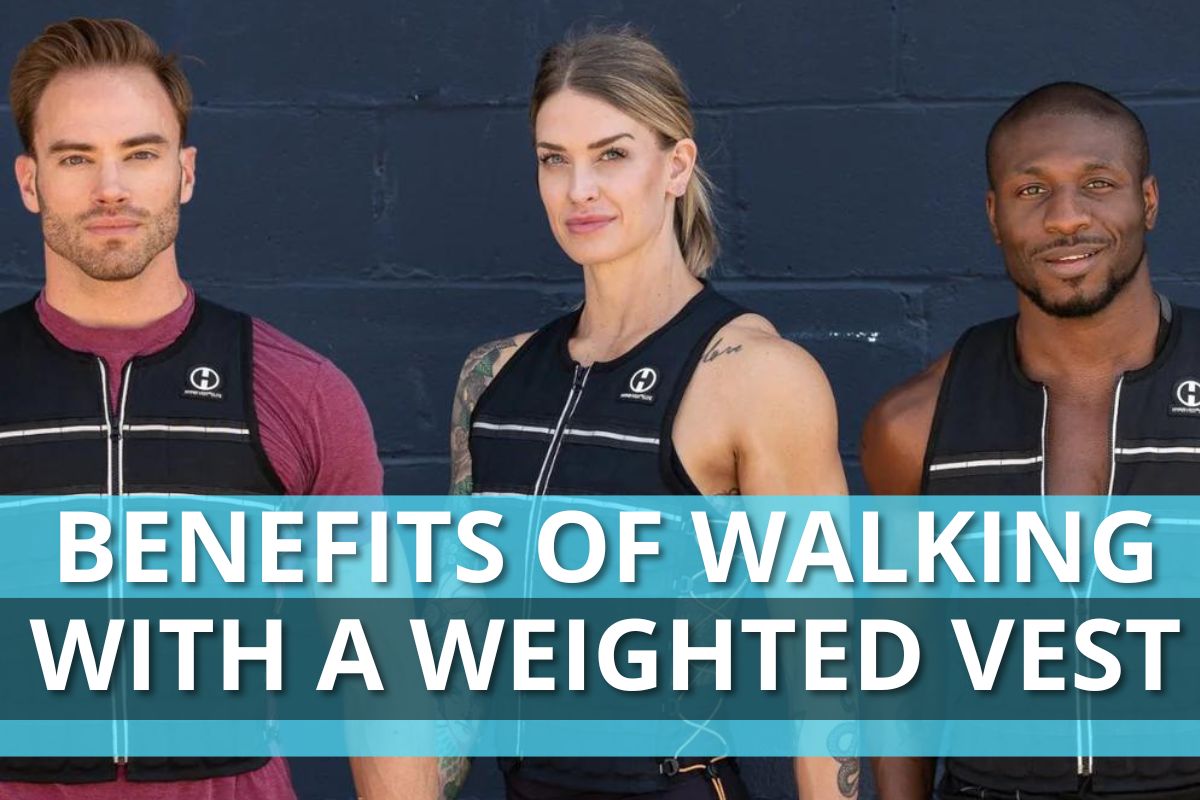
Benefits of Walking With a Weighted Vest
You don’t have to be a professional athlete to realize the benefits of a weighted vest. The reason for this equipment is simple. Put extra weight on everything that you do, making yourself stronger and leaner.
In reality, you don’t even have to be running around and doing tiring workouts with this vest. Wearing a weighted vest while walking can already give you great results.
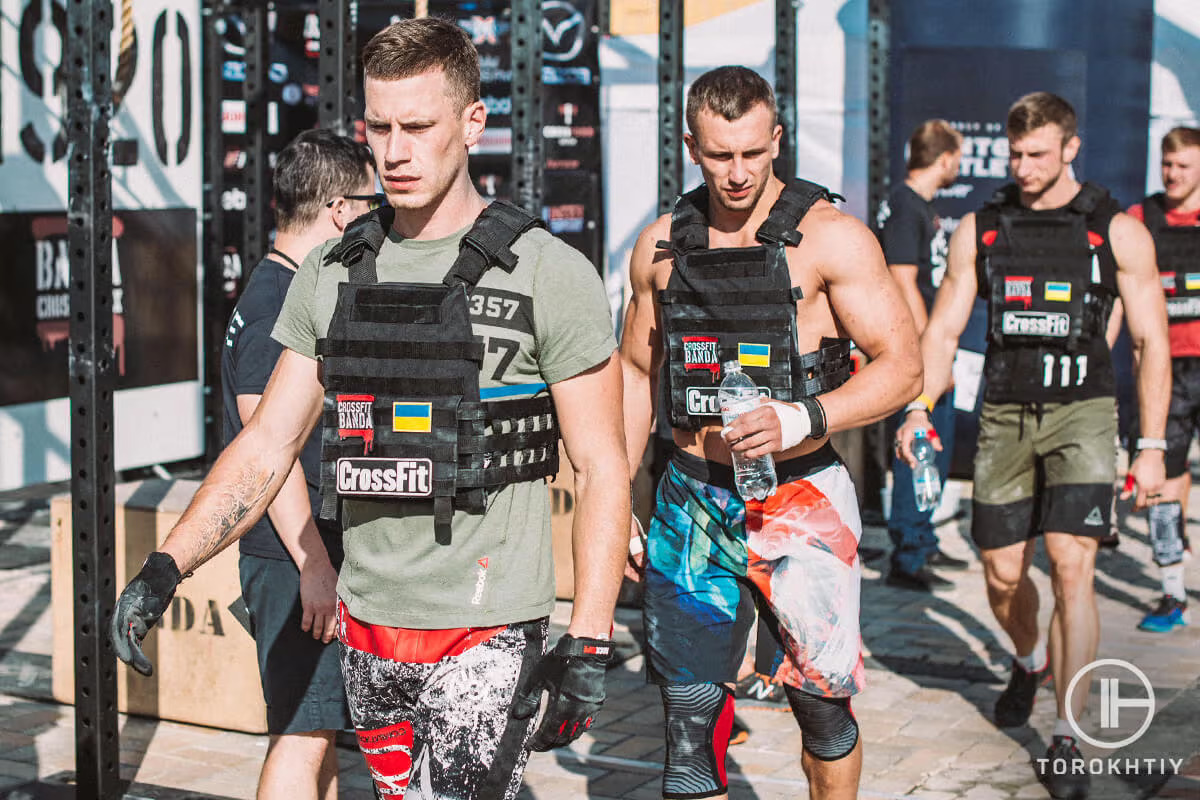
✅ Build Muscle
One of the biggest questions that people ask is: does walking with a weighted vest build muscle? Resistance training can help build your muscle. Instead of carrying weights with your hands, the weighted vest is attached to your body the entire time while you walk. Having a weighted vest for walking could help you work on your legs and even your stabilizers.
Compared to carrying weights with your hands, wearing a weighted vest is evenly distributed in your upper body. Also, walking and carrying dumbbells can make you feel tired easily since it is the forearms that work the most. The forearms are a smaller muscle group compared to the entire upper body.
If you’re walking up the stairs, this works on your quads, glutes, and even your calves. And even if you’re walking on a flat surface, this allows you to work on your stabilizers, which are the small muscle groups that help the body stay upright.
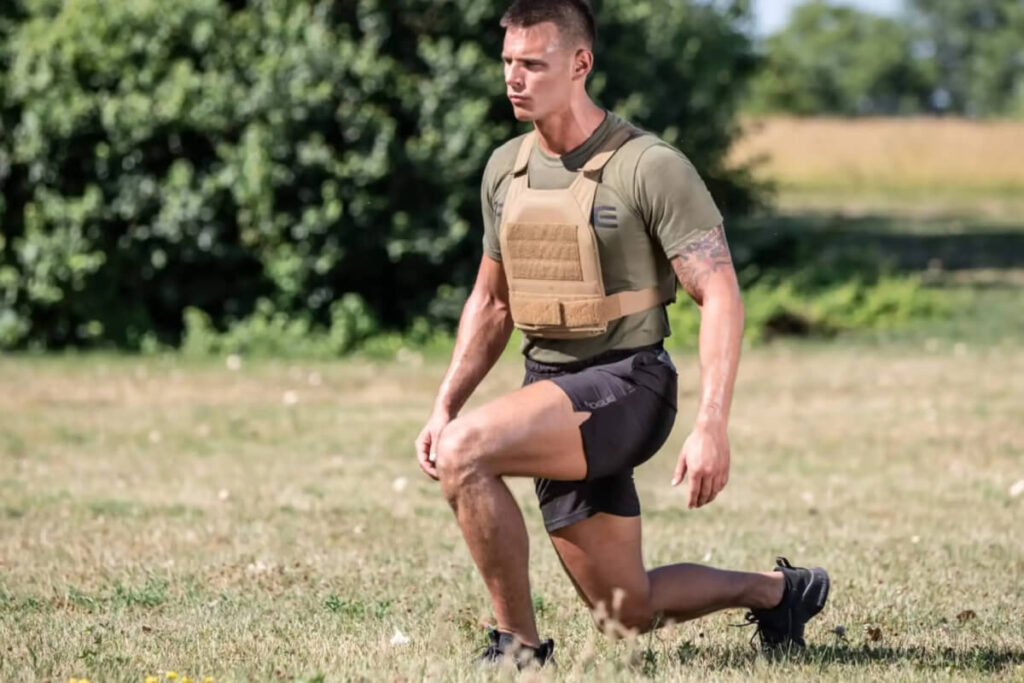
Aside from walking, you can also wear a weighted vest when doing bodyweight exercises such as dips, squats, pull-ups, push-ups, and even burpees. This allows muscle groups to work harder, making it possible to stimulate hypertrophy depending on how many reps you cover and how heavy your weighted vest is.
In a study, it was discovered that having developed muscles can do wonders in preventing injuries in the articular cartilage.
✅ Improve Cardio
Since the body is going to be used to the additional weight when walking, there is a chance that walking without weights can feel easier. It could potentially mean better overall cardio if done correctly. However, between walking and doing high-intensity activities such as sprints and running, the latter has a higher potential to improve your overall cardio.
✅ Burn More Calories Than Just Walking
While some people want to build muscle mass and improve their cardio, some people are just looking to reduce their weight. So is weighted vest walking for fat loss a good idea? To some extent, it is a good idea. Here, you will require more energy to walk.
If you have bad knees and you can’t run, then this is a good alternative because you can make walking a bit more challenging, therefore burn more calories in the end. But of course, there is no substitute for eating right and having the right amount of sleep if you’re serious about losing weight.

✅ Improve Bone Density
Those who are at risk of having osteoporosis can also benefit from wearing a weighted vest when they’re walking. Additional stress can help the bone to adapt, absorbing calcium and making the bones get stronger.
However, there is always a catch. Be sure that you’re not going to carry more than what you can tolerate. Also, having strong bones requires proper diet and supplementation.
✅ Improve Balance and Agility
Kinesthesia or proprioception is the body’s ability to know where it is. Developing proprioception involves several things including your nervous system, joints, and your muscle. So what does it have to do with wearing a body vest?
Wearing a body vest while walking can alter your body’s center of gravity. Therefore, your body has to constantly adjust to the weight to keep its balance. There’s a study that discovered weighted vests to be effective in improving an individual’s agility. In this study, only 5-10% of the person’s body weight was added during 50% of their training sessions and the result suggests that individuals showed improved performance in terms of agility.
✅ Improved Core
One of the reasons why people develop good balance is because of their strong core. One of the biggest misconceptions about building a strong core is that you will have to do hundreds of crunches. In reality, building a strong core requires lifting heavy weights and challenging your body to maintain its balance. That is also the reason deadlifts and kettlebells are effective methods in building your core.
The same can be said about a weighted vest. A weighted vest can challenge your core allowing your body to stay upright. This is also the reason weighted vest walking benefits those who are having problems with their posture.
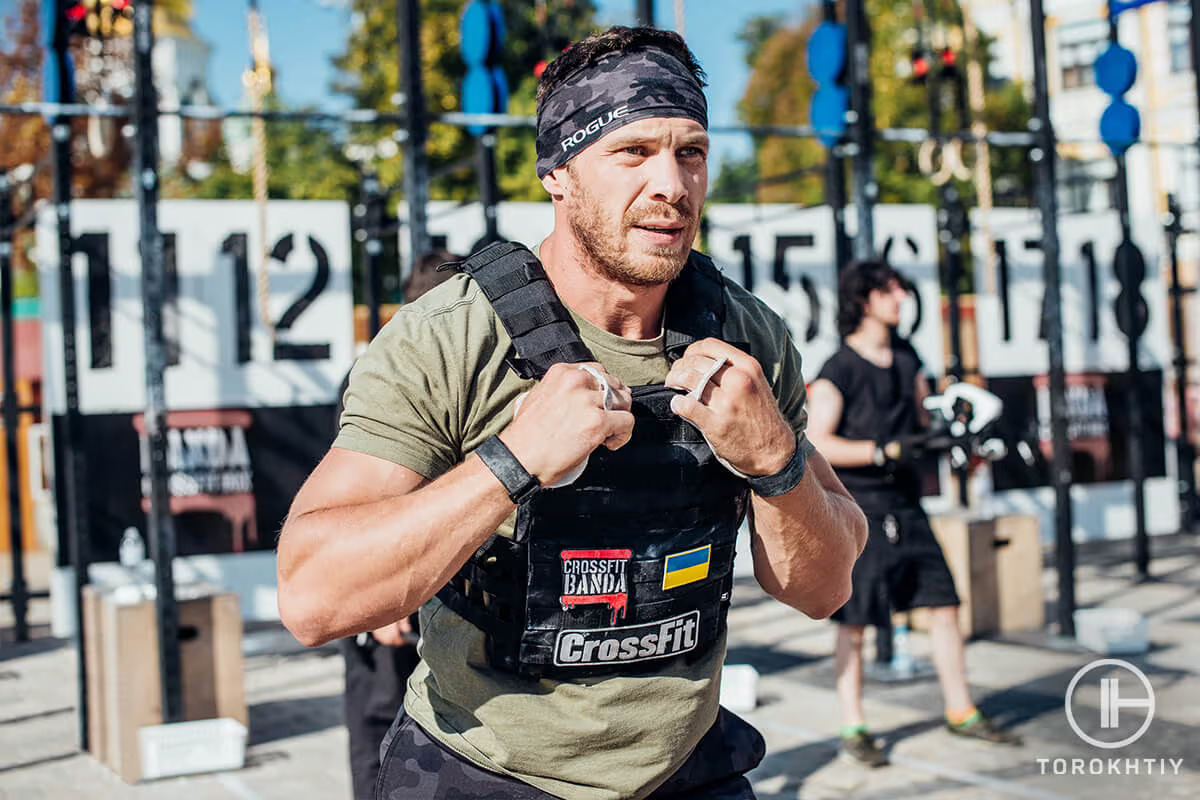
✅ Develop Mental Toughness
If you’re looking for a mental toughness routine, wearing a weighted vest while walking might be a good idea. Doing this while you’re already exhausted can help condition the mind to endure physical hardships and push forward when it becomes challenging.
A good way to push your mind to conquer challenging tasks is to wear a weighted vest and walk not just on flat surfaces but uphill terrains such as hills or climbing a flight of stairs.
This is supported by a study since wearing weighted vests can increase blood lactate as your muscles work extra hard. Consequently, this could potentially increase the body’s lactate threshold. It means that you get used to having the feeling that your muscles are on the brink of giving up.
And between maximum heart rate and lactate threshold, even modern cyclists are leaning towards increasing their lactate threshold to be able to push further when the task becomes tougher.

Drawbacks Of Walking With A Weighted Vest
You can’t expect walking with a weighted vest to be all good. There are some drawbacks and even potential dangers that you will need to consider. These things could potentially injure a person and even delay your progress.
✅ Risk for Injury
One of the things that you need to watch out for when wearing a weighted vest is the fact that it adds extra stress to the joints. If you’re suffering from injuries on your hips, ankles, and knees, then you might want to start with a light weight if you’re serious about wearing a weighted vest.
If you’re suffering from existing or previous injuries, you might want to consult your medical professional first before you decide on wearing a weighted vest for walking or more so during your workouts.
✅ May Create Postural Problems
Since the vest is distributed on the upper body, there is a tendency that it could overwork your shoulders and neck resulting in bad posture. Aside from maintaining proper form whenever you’re wearing the weighted vest, you also shouldn’t be wearing this for too long.
✅ Limited Range of Motion
Adding weight to your upper body can limit the things that you can do. It means that there is always a chance that you are going to compromise your form even when you are just walking. That is because your body is not used to the additional weight of the weighted vest.
✅ Not Comfortable During the Summer
If you’re planning to use the weighted vest during the summer, keep in mind that this could make you feel uncomfortably hot. There are even some designs that don’t give users enough airflow.
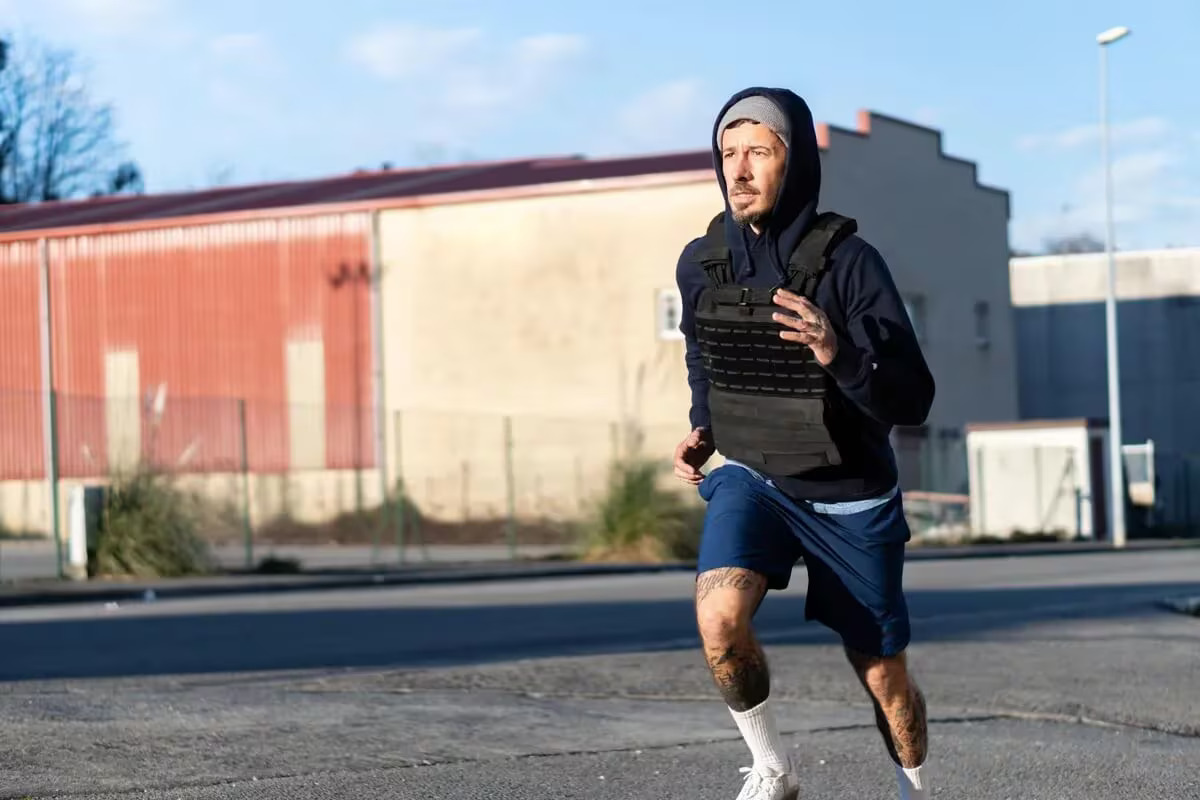
Weighted Vest Walking Workouts
You can get creative when it comes to how you want to perform walking exercises with a weighted vest. For instance, if you’re coming from an injury or if you have an existing injury, you can do things slowly. You can start with a 5-10 minute walk with the lightest weights possible and build from there. After a while, add 10% of the weight and then prolong the walking by another 10 minutes.
If you’re someone athletic looking to build muscles, improve your cardio, or just challenge yourself, then you can try walking on a variety of terrains. Walking on a sandy beach, stairs, and uphill are just some examples of challenging terrains that could go well with a weighted vest.
For someone who is athletic, try to challenge yourself by doing 5 sets of 10 burpees before walking with a weighted vest. If that is too easy, you can add 5 sets of 10 squats and even 5 sets of 10 pushups too. Perform these exercises while wearing the weighted vest just to get your heart pumping before you even walk.
A simple rule when it comes to walking with a weighted vest is to always listen to your body. You also want to gradually increase the duration and the weight. This way, you give enough time for the body to adjust to the difficulty of your workout.
You can also do walking with a weighted vest either as a warmup or as a cool-down for your actual workout. This way, you can get your heart rate up before the actual workout or transition to a lighter workout before you stretch.
Weighted Vest We Recommend: Hyper Vest FIT
There are a lot of weighted vests in the market today. But we pick the Hyper Vest FIT as our top choice for those who plan on walking with a weighted vest. It comes in different sizes from small to large, perfect for different body types.
The weights used in this weighted vest are made of steel packed in 0.5-pound containers.Since the weights have steel pellets, you might find it a bit jangly, but it’s not exactly a big deal.
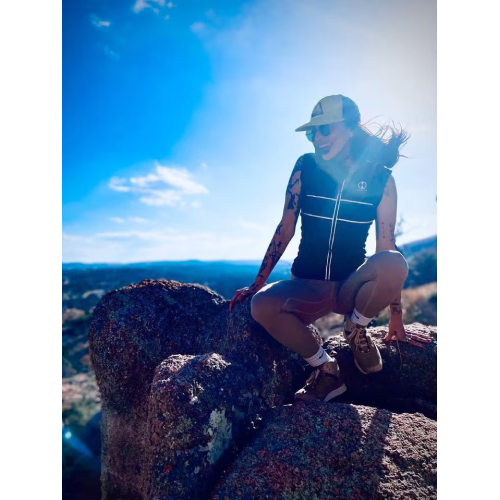
As for the vest itself, it is made of Cordura and polyester-lycra blend on its outer. It also comes with a padded shoulder making it comfortable to walk with the Hyper Vest FIT. The Hyper Vest FIT is also easy to clean. Just remove the weights and put it in the washing machine.
FAQ
Does Walking With a Weighted Vest Build Muscle?
It can build muscles. But of course, it depends on your level of fitness, the amount of weights that you could use on your weighted vest, and the type of workout that you’re going to do.
Should You Walk With a Weighted Vest Every Day?
Yes. You can walk with weighted vests every day. However, just be sure to listen to your body and learn when to add or remove weights on your weighted vest. Plus, if you’re simply on active rest, maybe you can just walk on a flat surface.
Does a Weighted Vest Help Lose Belly Fat?
The biggest misconception is that exercise alone can get rid of belly fat. To give you an honest answer, it is an accumulation of different things including your diet, exercise, your metabolism, and your habits. Doing core exercises may help you build a strong core, but it doesn’t remove the layer of fat in front. The bottom line is that walking while wearing weighted vests can’t remove body fats in your belly.
Conclusion
Walking with a weighted vest can do wonders for your fitness routine. It could be a low-impact workout or something that can help you burn more calories and lose unwanted weight. But at the same time, you need to understand the risks that go with it. There is a chance that it could worsen injuries as it can put more pressure on joints. What do you think of wearing a weighted vest while walking? If you have questions or thoughts, let us know in the comment section below!
Also read:
References:
- Effect of Surface Stability on Core Muscle Activity for Dynamic Resistance Exercises // EIU: https://thekeep.eiu.edu/cgi/viewcontent.cgi? referer=&httpsredir =1&article=1014 &context=kss_fac
- Long-term exercise using weighted vests prevents hip bone loss in postmenopausal women // NIH: https://pubmed.ncbi.nlm.nih.gov /10995045/
- Effect of weighted vest suit worn during daily activities on running speed, jumping power, and agility in young men // NIH: https://pubmed.ncbi.nlm.nih.gov/ 22266642/
- Core Muscle Activity during Physical Fitness Exercises: A Systematic Review // NIH: https://www.ncbi.nlm.nih.gov/ pmc/articles/ PMC7345922/
Why Trust Us?
With over 20 years in Olympic Weightlifting, our team does its best to provide the audience with ultimate support and meet the needs and requirements of advanced athletes and professional lifters, as well as people who strive to open new opportunities and develop their physical capabilities with us.
By trusting the recommendations of our certified experts in coaching, nutrition, dietology, and sports training programming, as well as scientific consultants, and physiotherapists, we provide you with thorough, well-considered, and scientifically proven content. All the information given in the articles concerning workout programming, separate exercises, and athletic performance, in general, is based on verified data. We ensure that you can rely on our professionals’ pieces of advice and recommendations that can be treated as personalized ones which will benefit you and fully meet your needs.
The product testing process is described in more detail here
Author: Ihor Shymechko
Pro Olympic Weightlifter, Coach
Best Results: Snatch – 208 kg,
C&J – 240 kg
Ihor has been a professional weightlifter since 1996, boasting over two decades of competition experience. His notable achievements include clinching the European Championship in 2009 and securing a silver medal in the 105kg division at the Senior World Championships in 2011. Ihor represented his country in the 2008, 2012, and 2016 Summer Olympics. After retiring from competitive weightlifting, he transitioned to coaching, leveraging his vast experience to guide athletes who now compete on both national and international stages.

